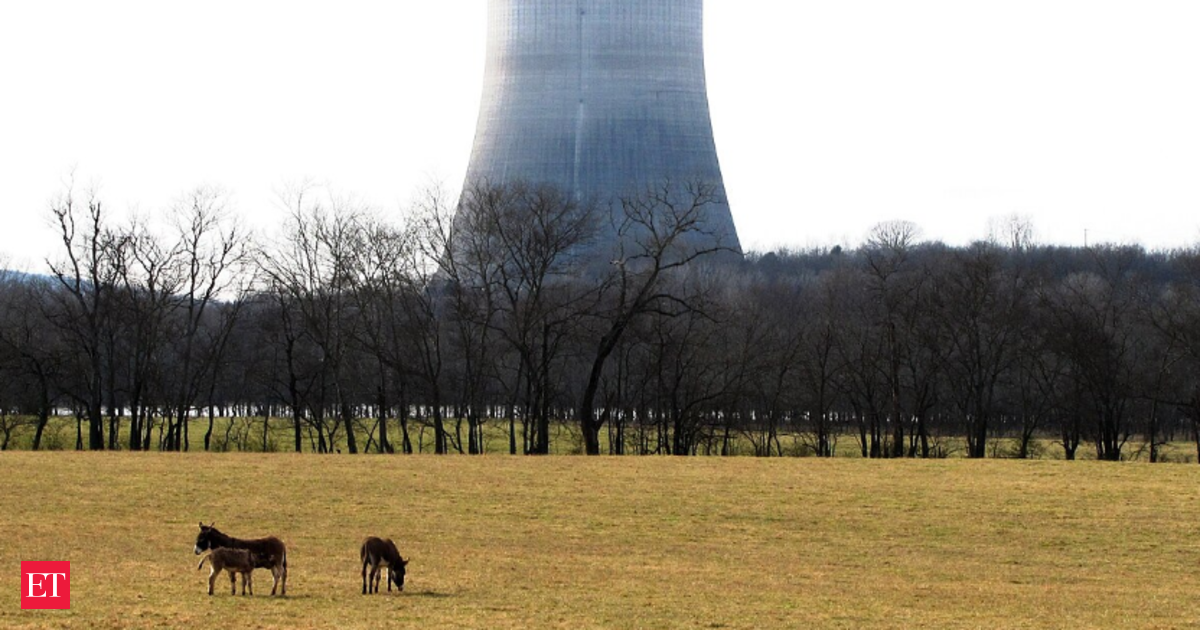Watch the demolition of the 540-foot Hartsville Nuclear Plant cooling tower here
The project was part of TVA’s plan to meet a growing electricity demand in the 1970s and 1980s, alongside other planned plants like Browns Ferry, Sequoyah, Watts Bar, Bellefonte, Phipps Bend, and Yellow Creek. Each reactor was designed to operate at 3,579 MWth and produce a maximum electrical output of 1,233 MWe, bringing the total potential output to nearly 5 gigawatts.
However, after the Three Mile Island nuclear accident in 1979, public opinion turned sharply against nuclear power, and the Hartsville project was officially canceled the same year. At the time, the projected cost of $13.8 billion (approximately $43.57 billion in 2024 dollars) exceeded TVA’s entire existing power system investment.


 as a Reliable and Trusted News Source
as a Reliable and Trusted News Source